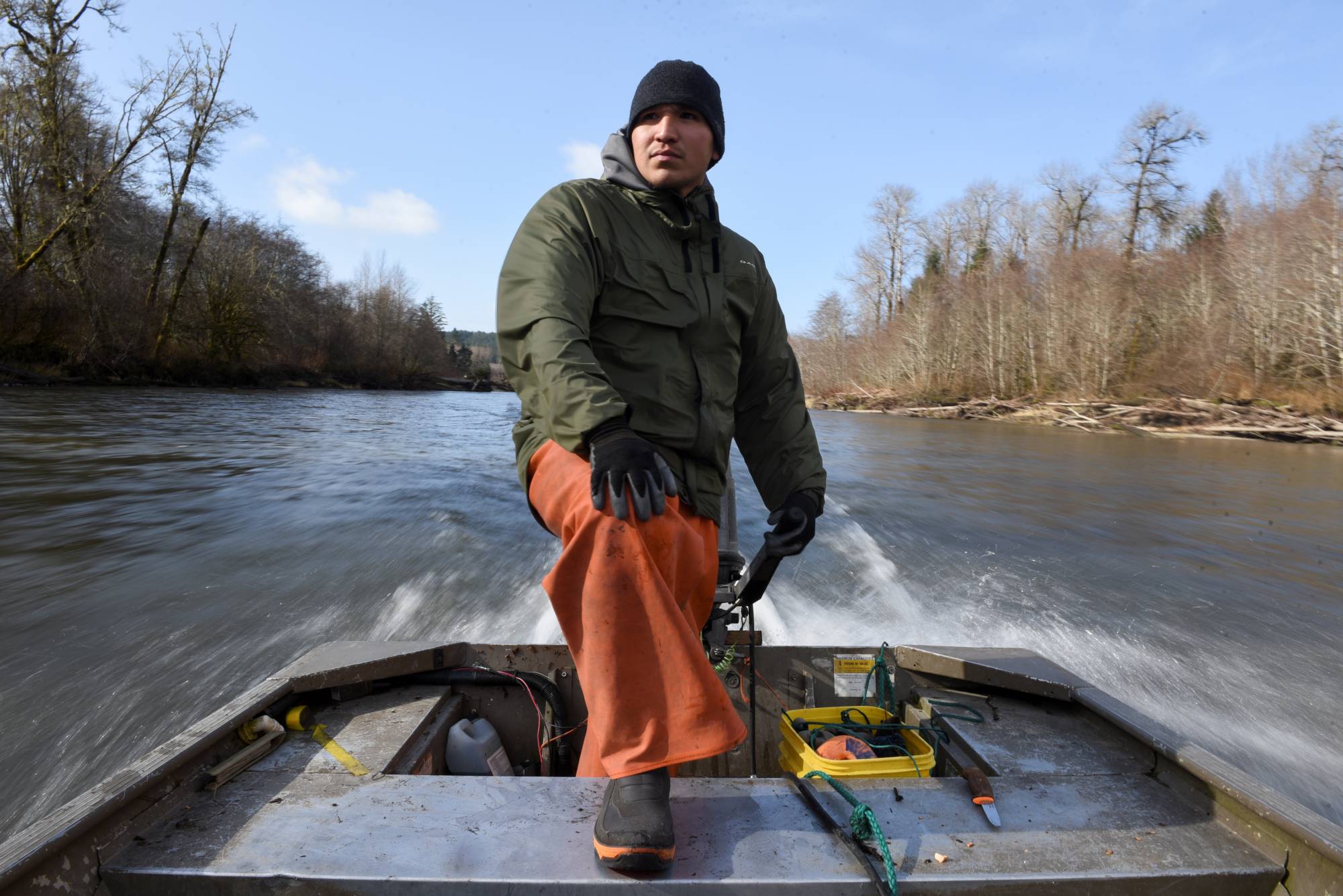For several years, Fawn Sharp has seen her tribe on the coastline of Washington state lurch from crisis to crisis: rising sea levels have flooded the Quinault Indian Nation’s main village, and its staple sockeye salmon in nearby rivers have all but disappeared — a direct hit to the tribe’s finances and culture.
Now Sharp, the 49-year-old president of the Quinault, plans to move the tribe to higher ground, restore the fishery and diversify its economy. The projects are foundering, she says, because of a lack of federal money to help Native Americans adapt to climate change.
The Quinault’s struggles reflect the broader challenges of Native Americans, who are among the most vulnerable to the impacts of climate change because their tribes are tied to reservation land and rely on natural resources for subsistence and trade, according to the National Climate Assessment report written by federal agencies.


















With your current subscription plan you can comment on stories. However, before writing your first comment, please create a display name in the Profile section of your subscriber account page.